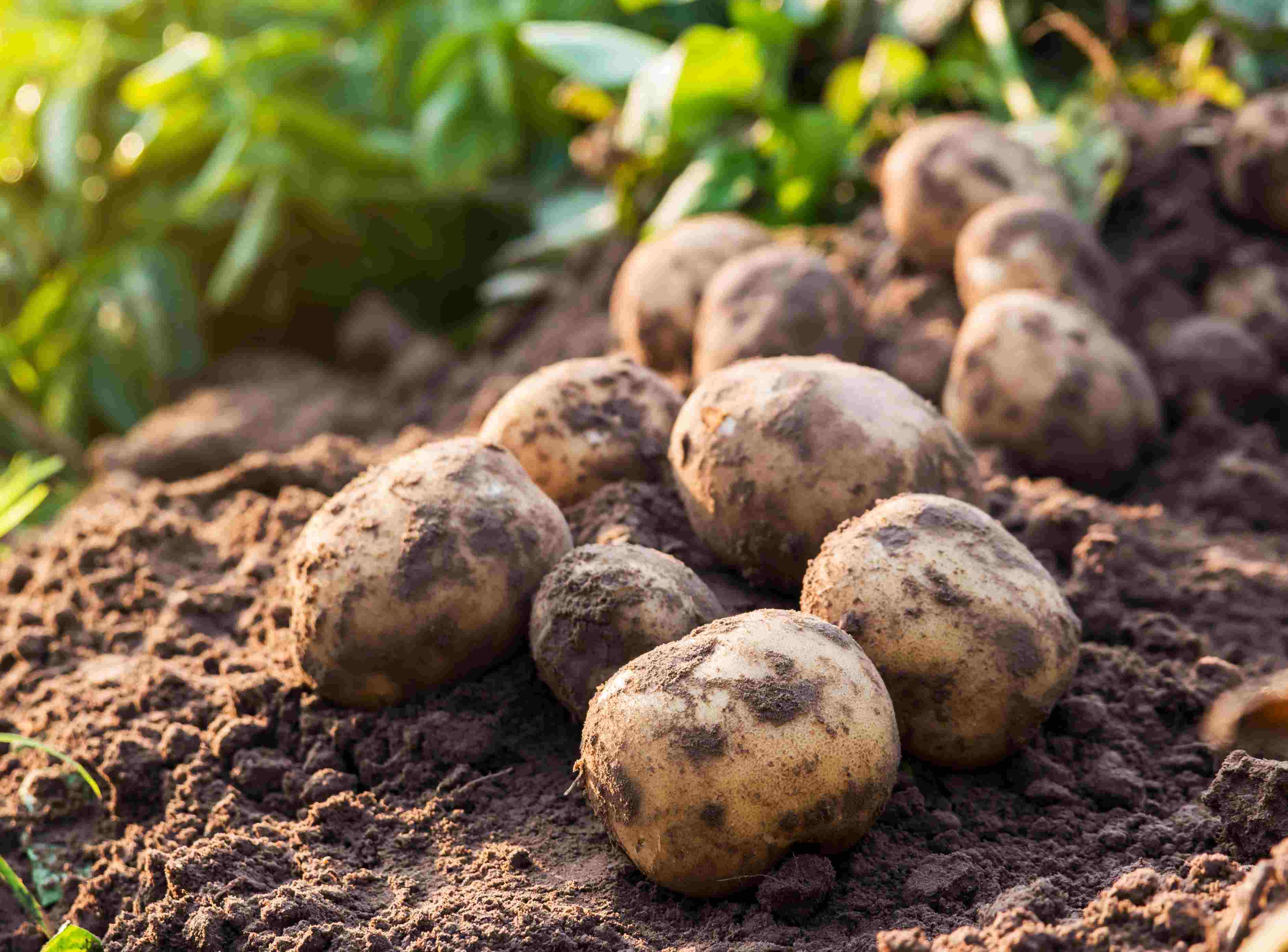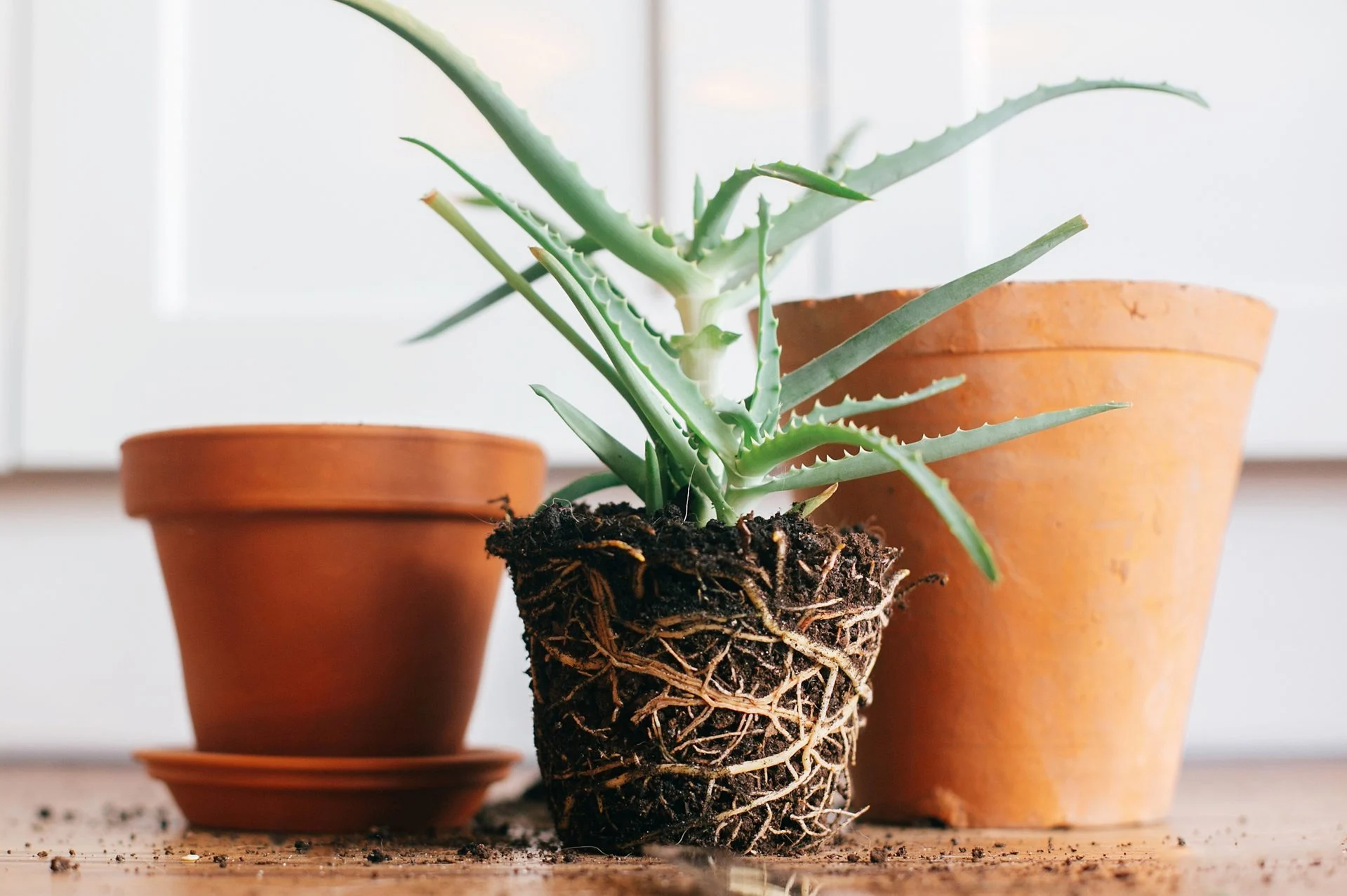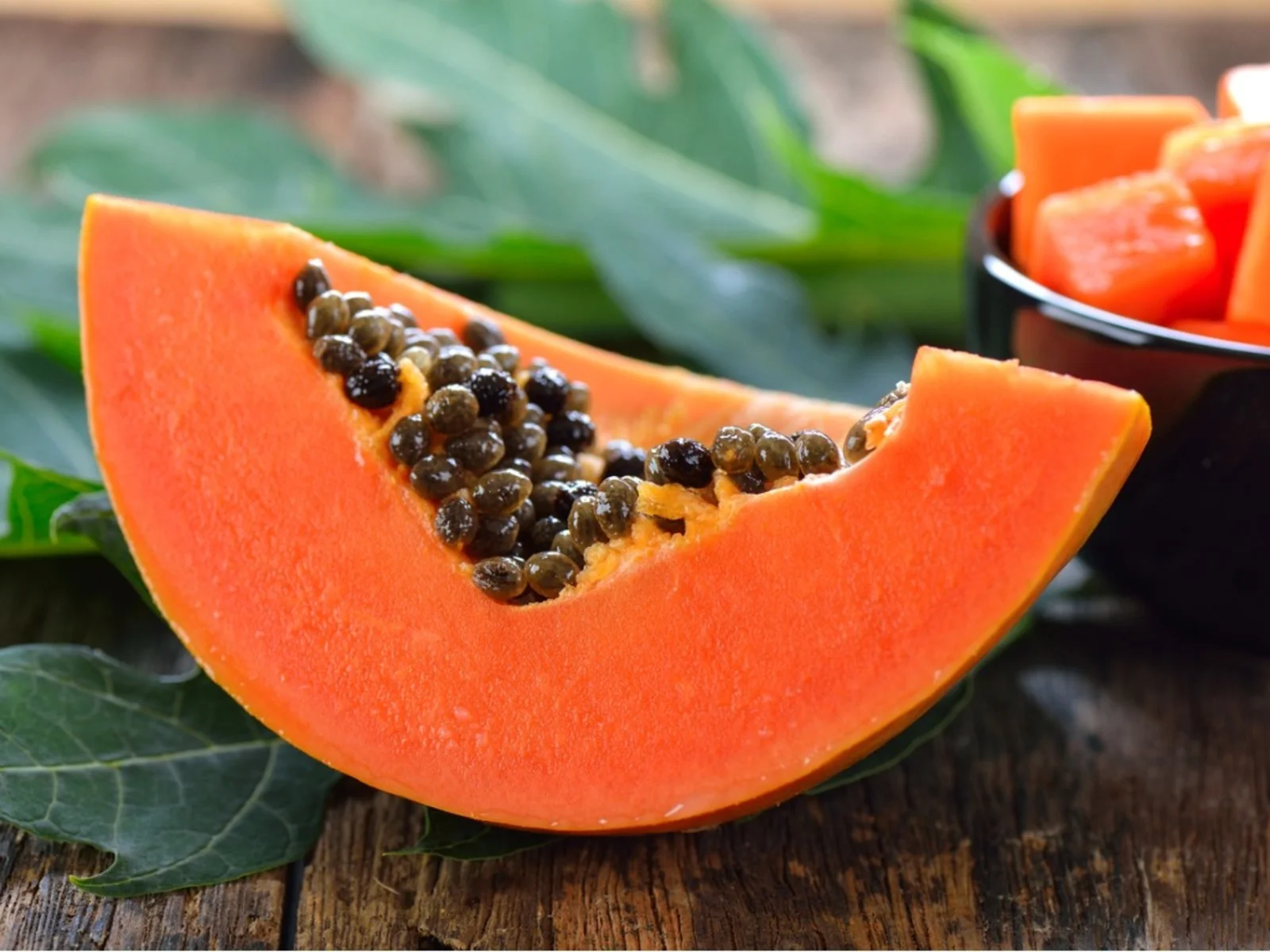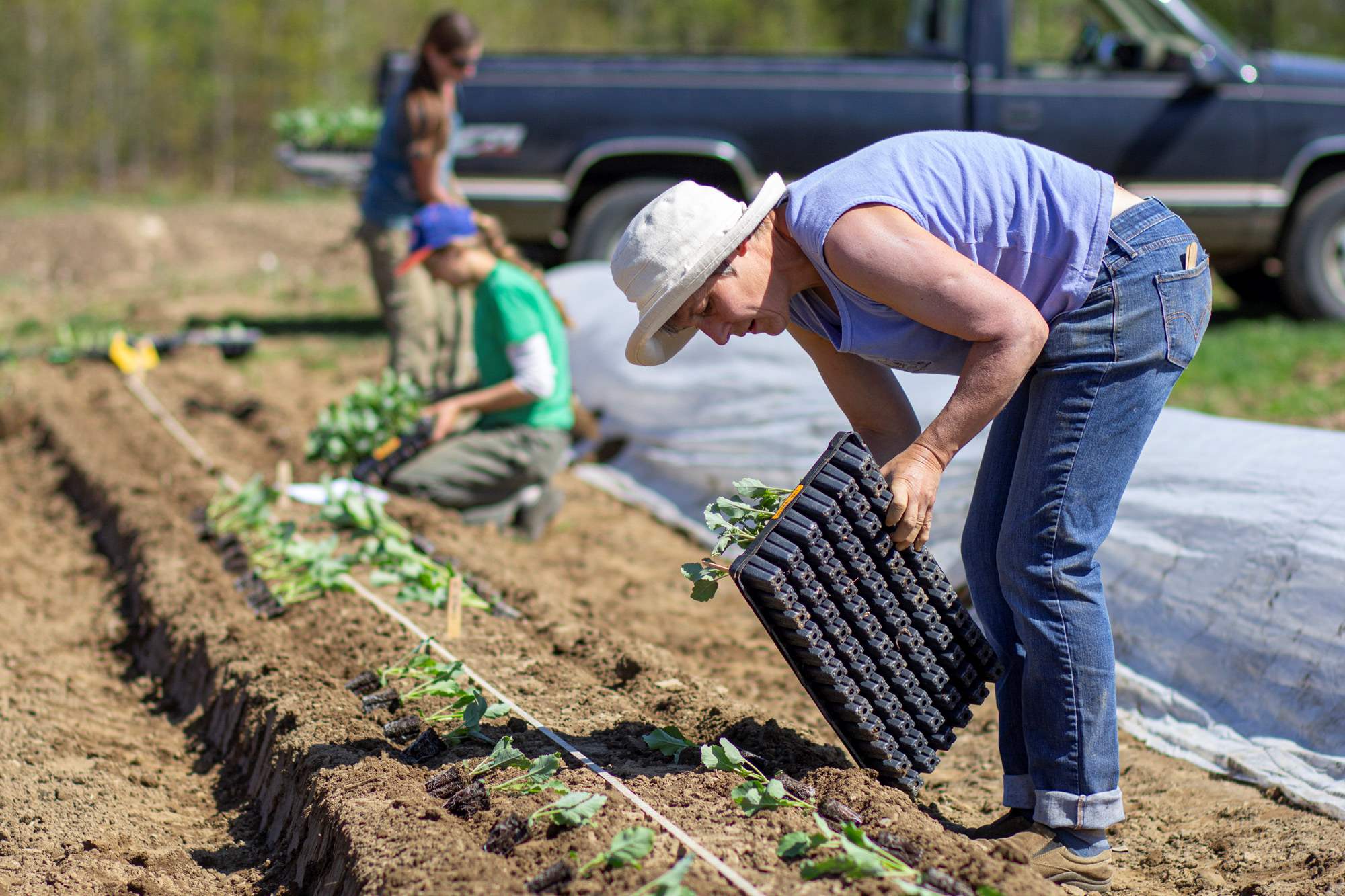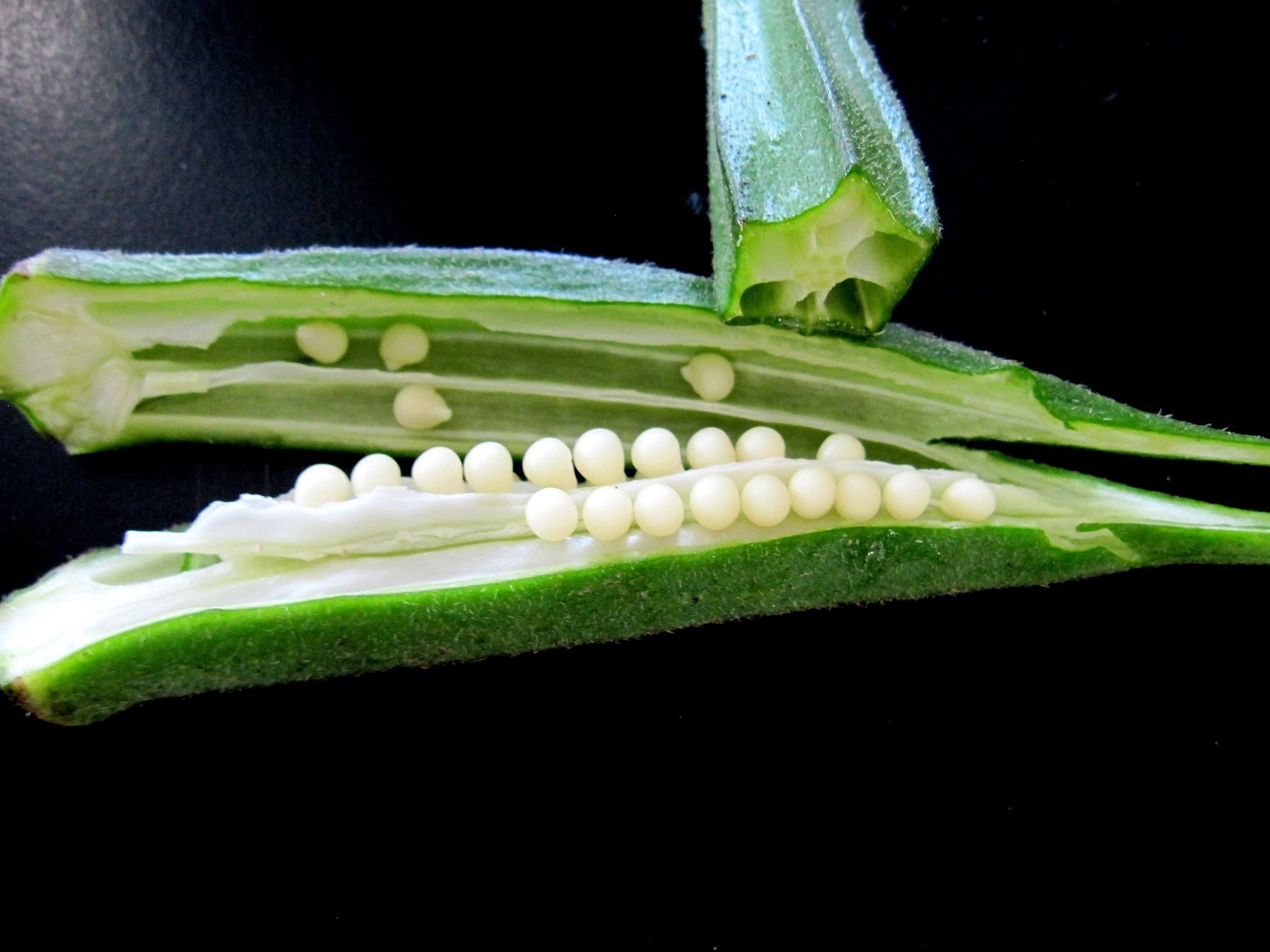Home>Gardening Techniques>Plant Care>How Long Should Roots Be Before Planting
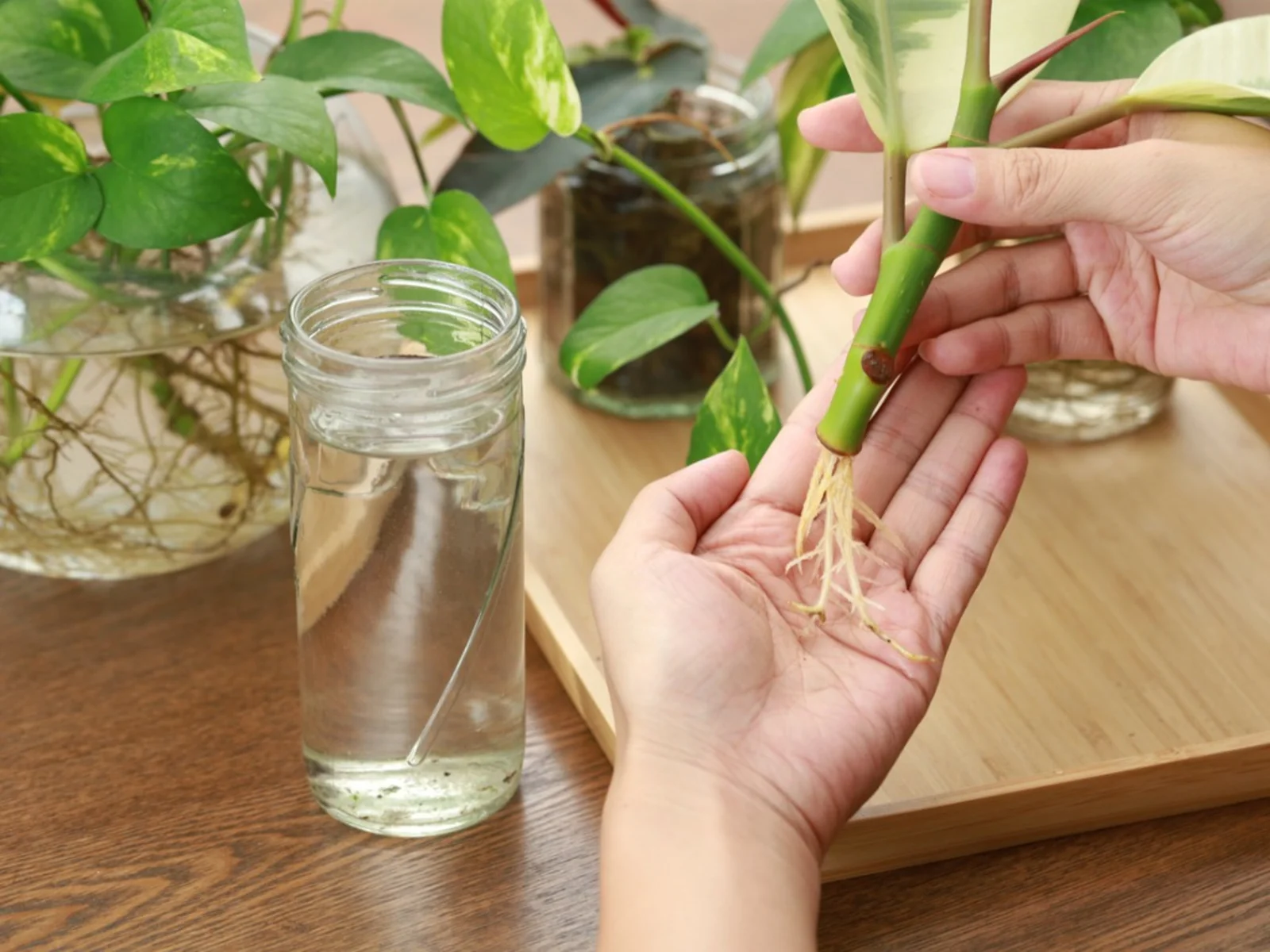

Plant Care
How Long Should Roots Be Before Planting
Modified: January 22, 2024
Proper plant care includes allowing the roots to establish themselves before planting. Find out how long roots should be left undisturbed to ensure successful growth.
(Many of the links in this article redirect to a specific reviewed product. Your purchase of these products through affiliate links helps to generate commission for Chicagolandgardening.com, at no extra cost. Learn more)
Table of Contents
Introduction
Welcome to the world of plant care! Whether you’re a seasoned gardener or just starting out, understanding the intricate needs of plants is crucial for their health and growth. One vital aspect of plant care is the development of roots before planting. The roots are the foundation of a plant’s stability, nutrient uptake, and overall well-being. In this article, we will explore the importance of pre-planting root growth and discuss the factors that influence this essential process.
Before delving into the specifics, let’s take a moment to appreciate the sheer complexity of plant roots. They play a vital role in anchoring the plant in the soil, ensuring it withstands environmental stresses such as wind and rain. Additionally, roots absorb water and essential nutrients from the soil, facilitating the plant’s growth and development. A well-developed root system is the key to a thriving and resilient plant.
However, many gardening enthusiasts often overlook the importance of allowing roots to grow adequately before planting. Rushing the planting process can lead to stunted growth, nutrient deficiencies, and even plant failure. To prevent these issues, it is essential to understand the significance of pre-planting root growth and provide the necessary conditions for its development.
Various factors come into play when considering the growth of roots before planting. Soil quality, moisture levels, and temperature all influence how roots develop and establish themselves. Additionally, the type of plant and its growth habits also play a significant role in determining the time needed for root growth. While there is no one-size-fits-all answer to how long roots should be before planting, understanding these factors will help guide your planting decisions.
In the following sections, we will delve deeper into the factors that influence root growth, as well as strategies you can employ to promote healthy root development before planting. By providing the optimal conditions for root growth, you can set your plants up for success and enjoy a vibrant and thriving garden. So, let’s explore the world beneath the surface and uncover the secrets of pre-planting root growth!
Understanding Plant Roots
When it comes to plant care, understanding the intricacies of plant roots is crucial. Roots are the hidden heroes of the plant world, providing support, stability, and essential nutrients. Let’s take a closer look at the structure and functions of plant roots.
Plant roots are typically found below the ground, stemming from the plant’s base, known as the root crown. They consist of a primary root, also known as the taproot, and secondary roots that branch out from it. These secondary roots further divide into smaller, fibrous roots, creating a network that extends deep into the soil.
The primary functions of plant roots are anchoring the plant in the soil and absorbing water and nutrients. Additionally, roots play a vital role in storing energy reserves, transporting nutrients to other parts of the plant, and secreting substances that aid in nutrient absorption. The structure of roots allows them to explore the soil and seek out vital resources.
Roots have various adaptations to optimize their efficiency in nutrient uptake. They often possess fine root hairs, which significantly increase the surface area of the root, enhancing nutrient absorption. In addition, roots form symbiotic relationships with beneficial soil organisms such as mycorrhizal fungi, which can enhance nutrient availability for the plant.
It’s important to note that different plants have different root systems. Some plants have deep taproots that penetrate deeply into the soil to access water and nutrients. Others have shallow, fibrous roots that spread wide to capture surface moisture and nutrients. Understanding the specific root system of the plants you are caring for will help you provide the appropriate conditions for their growth.
Overall, plant roots are incredible structures that play a crucial role in a plant’s overall health and development. By providing the necessary support and nutrients, we can nurture strong and healthy roots, resulting in vibrant and flourishing plants.
The Importance of Pre-Planting Root Growth
Pre-planting root growth is a critical stage in a plant’s life cycle and can greatly influence its long-term health and productivity. It sets the foundation for the plant’s ability to absorb water and nutrients, establish a strong root system, and ultimately thrive in its new environment. Let’s explore why pre-planting root growth is so important.
First and foremost, allowing roots to develop before planting ensures that the plant has a better chance of survival. When a plant is transplanted, its roots are disturbed and often undergo some degree of damage. By allowing the roots to grow prior to transplantation, the plant has a higher chance of recovering quickly and adapting to its new surroundings.
Pre-planting root growth also helps the plant establish a strong and robust root system. A well-developed root system is crucial for anchoring the plant in the soil and providing stability, especially in cases of adverse weather conditions or strong winds. Additionally, a healthy root system enables efficient nutrient uptake and water absorption, which are essential for the plant’s overall growth and productivity.
Furthermore, pre-planting root growth can help prevent transplant shock. Transplant shock occurs when a plant experiences a sudden change in its environment, leading to wilting, stunted growth, and even death. By promoting root growth before planting, you provide the plant with a head start in adapting to its new surroundings, reducing the risk of transplant shock and ensuring a smoother transition.
Another crucial aspect of pre-planting root growth is the development of mycorrhizal associations. Mycorrhizal fungi form symbiotic relationships with plant roots, increasing their ability to absorb nutrients, particularly phosphorus. These beneficial fungi can establish themselves in the soil before planting, enhancing nutrient availability for the plant and promoting its overall health and vigor.
Overall, pre-planting root growth is essential for the long-term success and health of a plant. By allowing the roots to develop and establish themselves before transplantation, we increase the plant’s chances of survival, promote the development of a strong root system, reduce the risk of transplant shock, and enhance nutrient uptake. It is a crucial step in ensuring the well-being and vitality of our plants as they embark on their growth journey.
Factors Influencing Root Growth
Root growth is influenced by various factors, ranging from environmental conditions to plant-specific traits. Understanding these factors can help us create optimal conditions for root development. Let’s explore some of the key factors that influence root growth.
Soil Quality
The quality and composition of the soil greatly impact root growth. Well-draining soil that retains sufficient moisture is ideal for root development. Soil that is too compacted or waterlogged can restrict root growth and lead to poor oxygen availability. Additionally, the nutrient content of the soil plays a vital role in root development. Nutrient-rich soil provides the necessary elements for root growth and overall plant health.
Temperature
The temperature of the soil and surrounding environment affects root growth. Optimal soil temperatures promote root development and nutrient absorption. Plants have specific temperature ranges within which their roots thrive. Extreme heat or cold can negatively impact root growth, leading to stress and reduced overall plant health.
Moisture
The availability of water is crucial for root growth. Adequate moisture allows roots to absorb nutrients and develop properly. However, overwatering or waterlogged conditions can lead to root rot and inhibit growth. On the other hand, drought conditions can cause root stress and reduce growth. Striking the right balance and providing consistent moisture levels is key to promoting healthy root development.
Plant Species and Growth Habit
Different plant species have varying root growth characteristics. Some plants have deep taproots, while others have fibrous, shallow root systems. Understanding the specific root habits of the plants you are caring for can help you provide the appropriate conditions for their growth. Additionally, some plants have specific root development requirements at different stages of their life cycle, such as the need for air pruning for container-grown plants.
Plant Nutrition
Nutrient availability is crucial for root growth. Essential elements such as nitrogen, phosphorus, and potassium play a vital role in root development. Ensuring a balanced and sufficient nutrient supply is necessary for promoting healthy root growth and overall plant vigor.
Environmental Stressors
Environmental stressors such as pests, diseases, and extreme weather conditions can impact root growth. Diseases and pests can damage roots, inhibiting growth and nutrient absorption. Similarly, extreme weather conditions such as strong winds or frost can cause physical damage to roots and hinder their development. Taking proactive measures to protect plants from stressors is essential for promoting optimal root growth.
By considering these factors and providing suitable growing conditions, we can optimize root growth and ensure the healthy development of our plants. Tailoring our care techniques to the specific needs of each plant species will go a long way in promoting strong, vibrant, and resilient root systems.
How Long Should Roots Be Before Planting?
The length of time roots should grow before planting is dependent on several factors, including the type of plant, root growth rate, and environmental conditions. While there is no one-size-fits-all answer, understanding these factors can help guide our decision on when to transplant and ensure successful plant establishment.
For most garden plants, a general guideline is to wait until the roots have developed a healthy, fibrous network. This is typically indicated by the presence of numerous fine root hairs along the root system. These root hairs increase the surface area available for nutrient absorption and water uptake, allowing the plant to establish itself more effectively.
Some plants, especially those with taproots, may benefit from a longer period of root growth before planting. Taproots grow vertically and penetrate deep into the soil. Allowing adequate time for taproots to develop can contribute to the plant’s long-term stability and ability to access water and nutrients from the deeper soil layers.
Environmental conditions also play a role in determining the ideal root growth period. Optimal soil temperatures, moisture levels, and nutrient availability can accelerate root development. On the other hand, unfavorable conditions like extreme heat or cold, drought, or waterlogged soil can slow down root growth. It is essential to ensure that the plants have favorable growing conditions to support root development before transplanting.
While it is important to consider root growth before planting, it is equally crucial to avoid letting roots become overly long or pot-bound. If roots become too elongated, it can make transplanting more challenging and increase the risk of damage during the process. Alternatively, pot-bound roots, where the root system has overgrown and become tangled within the pot, can inhibit healthy root growth and lead to transplant shock.
Ultimately, the best approach is to observe the plant’s root growth and health indicators. Check for the presence of dense, fibrous roots, a good root-to-soil ratio, and signs of new root growth. These signs suggest that the plant has reached an optimal stage for transplantation.
In summary, the length of time roots should grow before planting varies depending on the plant species, growth habit, and environmental conditions. Keeping an eye on root development and health indicators will guide us in determining the appropriate time to transplant, ensuring successful establishment and long-term growth of our plants.
Strategies for Promoting Root Growth Before Planting
Promoting healthy root growth before planting is essential for the long-term success of your plants. By providing the right conditions and implementing certain strategies, you can enhance root development and give your plants the best chance of thriving. Let’s explore some effective strategies for promoting root growth.
Choosing the Right Planting Site
Start by selecting an optimal planting site that suits the specific needs of your plants. Consider factors such as sunlight, soil quality, and drainage. Most plants thrive in well-draining soil with a good balance of nutrients. Avoid areas prone to waterlogging or excessive dryness, as these conditions can hinder root growth.
Preparing the Soil
Prepare the soil before planting by loosening it to a depth that encourages root penetration. Remove any rocks, weeds, or debris that may impede root growth. Incorporating organic matter like compost or well-decomposed manure can improve soil structure and provide essential nutrients for root development.
Watering Practices
Providing consistent and adequate moisture is crucial for root growth. Water deeply and infrequently, allowing the soil to dry slightly between watering sessions. This encourages roots to grow deeper in search of water, resulting in a stronger and more extensive root system. Avoid overwatering, as it can lead to waterlogged soil and hinder root development.
Appropriate Fertilization
Fertilize properly to supply essential nutrients for root growth. Before planting, incorporate a slow-release or balanced fertilizer into the soil. This provides a steady supply of nutrients over time, promoting continuous root development. Avoid excessive fertilization, as it can lead to salt buildup and harm the roots.
Avoiding Transplant Shock
To minimize the risk of transplant shock, handling the roots carefully is crucial. Gently loosen the roots before planting if they are pot-bound, helping them spread out and establish in the new soil. Water the transplanted plant immediately after planting to settle the soil and hydrate the roots.
Mycorrhizal Inoculation
Consider inoculating the roots with mycorrhizal fungi before planting. These beneficial fungi form symbiotic relationships with plant roots, enhancing nutrient uptake and water absorption. Mycorrhizal inoculants can be applied directly to the roots or mixed into the planting hole.
Regular Monitoring and Care
Continuously monitor the growth and health of your plants, paying close attention to the root zone. Look for signs of distress, such as wilting or yellowing leaves, which may indicate root problems. Provide support, such as stakes or trellises, for plants that require it to prevent damage to their developing root systems.
By implementing these strategies and creating optimal conditions for root growth, you will set the stage for healthy and vigorous plants. Remember that each plant has its unique requirements, so tailor your approach accordingly. With proper care, your plants will develop robust root systems, ensuring their long-term growth and productivity.
Conclusion
Caring for plant roots is a crucial aspect of plant care that should not be overlooked. Pre-planting root growth sets the stage for the long-term health and productivity of your plants. By understanding the importance of allowing roots to develop fully before planting, considering the factors that influence root growth, and implementing strategies to promote it, you can ensure successful plant establishment and growth.
Remember that each plant has its unique root growth requirements, influenced by factors such as soil quality, temperature, moisture levels, and plant species. By providing optimal growing conditions, including well-draining soil, proper watering practices, and appropriate fertilization, you can create a conducive environment for root development.
It is also crucial to choose the right planting site and prepare the soil adequately, considering factors such as sunlight, drainage, and soil composition. Taking care during the transplanting process, preventing transplant shock, and promoting mycorrhizal associations can further enhance root growth and overall plant health.
Regular monitoring of your plants, particularly the health and growth of their root systems, allows early detection of any issues or potential problems. This enables timely intervention and adjustments to maintain optimal root growth.
By prioritizing pre-planting root growth and implementing these strategies, you are investing in the long-term success of your plants. Strong and healthy root systems promote nutrient uptake, water absorption, and stability, contributing to the overall well-being of your plants.
So, as you embark on your plant care journey, remember to give due attention to the hidden wonders beneath the soil. Nurture and promote healthy root growth, and you will be rewarded with vibrant, flourishing plants that bring beauty and joy to your garden or indoor space.

